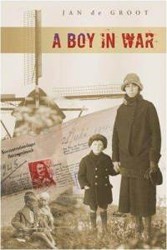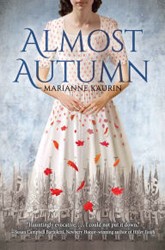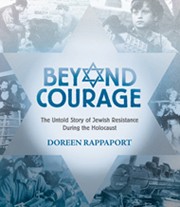In 1941 Lithuania, fifteen-year-old Lina enjoys dancing, outings with her friends and being a teenager; she prepares to attend art school where she can perfect her wonderful gift of drawing and become a famous artist. Her dreams are hopelessly shattered on the night of June 14 when the Soviet Secret Police knock on the door late one evening and arrest Lina, her ten-year-old brother Jonas, and her strong-willed mother. “We need more time. We’ll be ready in the morning,” Mother said. “Twenty minutes — or you won’t live to see morning,” said the officer. So begins the desolate journey of the family’s deportation to a forced-labor camp in Siberia on a crammed cattle car, where they are shown no mercy and fight for daily survival by finding strength in each other.
Told through the eyes of Lina, this is a horrifying and provocative account of Joseph Stalin’s reign of terror and the effect it had on the Lithuanian population; her father has been targeted as a political activist by the Soviets and taken as a prisoner, but Lina fiercely believes she will find him and uses her art as her salvation. She fervently draws on scraps of paper and fragments of cloth, passing her sketches through other deportees in the hope they may reach her father. Although she is surrounded by filth, squalor, and brutality, Lina’s spirit remains unbroken. Author Ruta Sepetys seamlessly interweaves flashbacks of Lina’s past into the narrative — a rainy day in the park where a rainbow appears, shopping for a new dress with her mom, drawing exercises with her dad — and these are the memories that help Lina look to the future. A budding romance with fellow captive Andrius makes life in the camp almost bearable until Lina and her family are once again relocated to the Siberian Arctic without shelter and little nourishment; her belief in Andrius, that he will somehow find her, and the example of her mother’s courageous in the face of adversity make Lina believe her only choice is to survive, one day at a time. Sepetya, a child of a Lithuanian refugee, grew up hearing stories about her father’s past where the Russian genocide resulted in a loss of almost a third of the population of the Baltic states and “wanted to give a voice to the hundreds of thousands who lost their voices.” Her debut novel is brutally honest and at times painfully bleak, such as the train ride to the camps where the deportees fight over a pinpoint of air or Lina and her mom being forced to dig a ditch, then being told to lie in it with a gun pointed toward their heads. The memorable characterizations and intricate writing illuminated with small acts of kindness and perpetual strength tell a poignant piece of history that needs to be shared with young adults today. Coupled with the classic, The Endless Steppe: Growing Up in Siberia by Esther Hautzig, this title would be a wonderful gateway to classroom discussion and be very useful for high school libraries. Recommended for age 13 and up.

Children’s
Between Shades of Gray
- Review
By
– September 1, 2011
Debra Gold has been a children’s librarian for over 20 years in the Cuyahoga County Public Library System. An active member of the ALA, she has served on many committees including the Caldecott, Newbery and Batchelder committees.
Discussion Questions

Jewish literature inspires, enriches, and educates the community.
Help support the Jewish Book Council.



